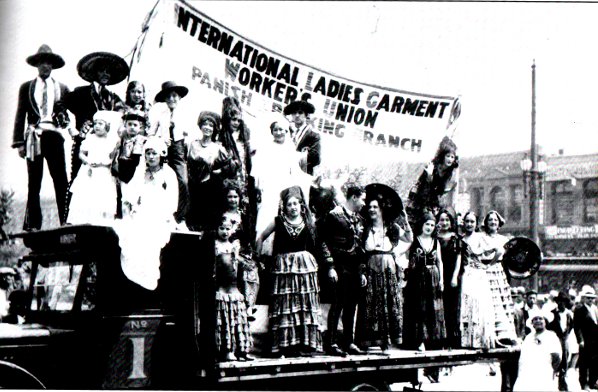
As a 20-year-old coed at UCSD the newness of each day as an adventure, still had its momentum. The first female in my family to go to college, to move out at 18-years-old was at once my second-generation-immigrant family’s dream and nightmare. My first year of away-from-home loneliness was defeated by my freedom. I sucked it up, and watched other ingénues file out one by one—until there was 1 Chicana for every 17 Chicanos in my class of 100 in a sea of 7000 students. Freedom meant learning to think and speak critically, handling finances, self-management, validating my culture, being creative, making wise choices, defining myself and not appearing to have been too sheltered by my Christian-freak family.
Being away from family also gave the freedom to live completely bacchanalian, if one chose it. It was an undergraduate rite of passage “to thy own-self be true†and part of the experience needed on the road to where you were headed. By the time some of my high school friends became freshmen, I was their mentor and resolver of all acculturating problems.
I’m not sure how the situation came about–my high school friend Danny taunting me into asking Jose a 22-year old senior to buy us beer, because we were too young. I was uncomfortable, knowing that I would owe Jose some favor that I could not pay back—because he was obviously interested in me. The night ride down Torrey Pines Road in the back of a dark VW bus with Jose and my napping, assigned-sentry Raul, with John as shot-gun and Danny driving, seemed excruciatingly long. Occasionally Danny would pull back the blue Hawaiian print curtain that divided the cab from the carpeted surf den to say, “Is everything ok back there?†followed by a wink and grin at me. He knew I went reluctantly and this was his silly gesture to make light of it, while protecting my honor. Continue reading →









